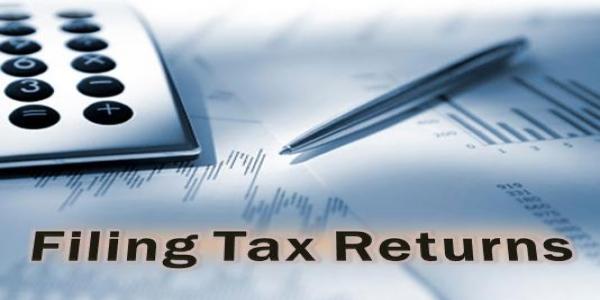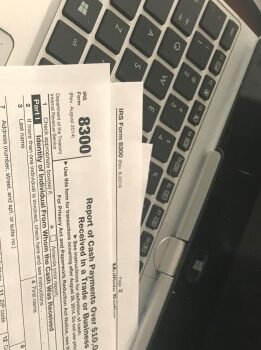Introduction
Section 1031 like-kind exchange of the Internal Revenue Code (IRC) allows taxpayers to defer recognition of gain or loss when exchanging certain types of real property held for productive use in a trade, business, or investment. The 1031 like-kind exchange must be solely for property of a “like kind.” Although §1031 can provide powerful tax-deferral opportunities, the rules are strict, and taxpayers often lose these benefits when the IRS challenges their transactions.
This article reviews the statutory framework, practical IRS guidance, and leading court cases that illustrate common pitfalls.
Statutory Basis and Key Regulations
– IRC §1031(a)(1): No gain or loss recognized on 1031 exchange of like-kind property.
– IRC §1031(a)(3): Creates the 45-day identification and 180-day exchange completion deadlines.
– IRC §1031(a)(2): Excludes stock, bonds, partnership interests, and other non-qualifying property.
– IRC §1031(f): Imposes related-party restrictions.
– Treas. Reg. § 1.1031(a)-1(b): Defines “like kind.”
– Treas. Reg. § 1.1031(k)-1: Governs deferred exchanges and QI procedures.
– Treas. Reg. § 1.1031(k)-1(g)(4): Establishes the safe harbor role of QIs.
– IRM 4.10.13.2.4.2: Provides IRS examiner guidance on §1031 exchanges.
Fundamental Requirements
These are some of the like-kind exchange rules and requirements to follow:
1. Qualifying Property: Only real property qualifies post–TCJA.
2. Like-Kind Standard: Broad, but U.S. property cannot be exchanged for foreign property.
3. Qualified Intermediary: A QI is essential to avoid constructive receipt.
4. Timing: Identification within 45 days, completion within 180 days; very limited extensions.
Leading Cases Where Exchanges Were Disallowed
Here are some important like-kind exchange example cases to understand better:
Alderson v. Commissioner, 317 F.2d 790 (9th Cir. 1963)
Taxpayers received cash before acquiring other property. The court held it was a sale and repurchase, not a §1031 exchange.
Lesson: Constructive receipt of proceeds dooms an exchange.
Starker v. United States, 602 F.2d 1341 (9th Cir. 1979)
The taxpayer received the property years later. The court allowed treatment, but Congress added 45/180-day deadlines.
Lesson: Today, deadlines are strictly enforced.
Redwing Carriers, Inc. v. Tomlinson, 399 F.2d 652 (5th Cir. 1968)
The company’s sale and purchase of trucks are treated as separate transactions.
Lesson: Reciprocal exchange required.
Carlton v. United States, 385 F.2d 238 (5th Cir. 1967)
Stock-for-real-estate exchange denied; stock is an excluded property.
Lesson: Certain assets are categorically excluded.
Teruya Brothers, Ltd. v. Commissioner, 124 T.C. 45 (2005), aff’d 580 F.3d 1038 (9th Cir. 2009)
Related-party exchange via QI is disallowed under §1031(f).
Lesson: Related-party arrangements face strict IRS scrutiny.
Ocmulgee Fields, Inc. v. Commissioner, 613 F.3d 1360 (11th Cir. 2010)
The QI arrangement collapsed due to taxpayer control. The court treated it as a taxable sale.
Lesson: Substance over form applies.
Estate of George F. Bowers v. Commissioner, 94 T.C. 582 (1990)
Vacation home exchange denied as personal-use property.
Lesson: Must prove investment intent.
IRS Examination Focus (IRM Guidance)
The IRS instructs agents to examine:
(1) timeliness of identification or like-kind exchange time frame,
(2) business/investment use,
(3) QI arrangements, and
(4) related-party structures.
Conclusion
A 1031 like-kind exchange under IRC §1031 is a powerful tool for deferring tax, but the rules are unforgiving. Courts and the IRS consistently disallow exchanges where taxpayers miss deadlines, control proceeds, use related parties improperly, or attempt to exchange personal-use property.
The cases—from Alderson and Redwing to Teruya Brothers and Ocmulgee Fields—demonstrate that substance, timing, and intent are everything. By adhering strictly to statutory deadlines, using QIs correctly, and maintaining documentation of investment purpose, taxpayers can avoid the traps that have caught so many before them.
For more such informational articles, visit Verni Tax Law website.
FAQs
Q1. What qualifies as a like-kind exchange under IRC §1031?
A. Only real property held for business or investment qualifies. Personal-use property, stocks, bonds, and partnership interests are excluded.
Q2. What is the 45-day and 180-day rule in a 1031 like-kind exchange?
A. You must identify replacement property within 45 days and complete the exchange within 180 days. Missing either deadline disqualifies the exchange.
Q3. Do I need a Qualified Intermediary (QI) for a 1031 like-kind exchange?
A. Yes. Using a QI is essential to prevent constructive receipt of funds. Without one, the IRS will likely treat the transaction as a taxable sale.
Q4. Can related parties participate in a 1031 like-kind exchange?
A. Yes, but with strict limits. Transactions involving related parties are closely scrutinized and often disallowed if structured improperly.
Q5. What are common reasons the IRS disallows 1031 like-kind exchanges?
A. Typical pitfalls include missing deadlines, personal-use property, improper QI control, related-party transactions, and failure to prove investment intent.








